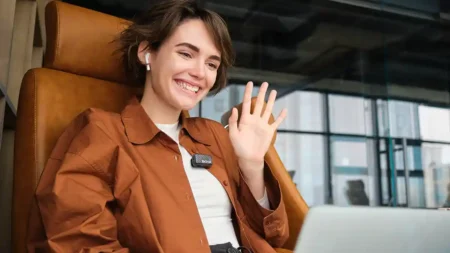If you’re the least bit serious about your photography, you’re most likely familiar with the ‘rules’ of photography composition. You probably try to abide by the rule of thirds, leading lines, and maybe even the golden ratio.
While this is generally a good practice that can result in more impressive images, these rules aren’t set in stone. Not every circumstance will be aided by these rules, so it’s wise to be agreeable to the idea of deviating from them.
We’ve put together 6 photography composition ideas that will help inspire you to think outside the box and deviate from what can sometimes be stifling and restrictive rules.
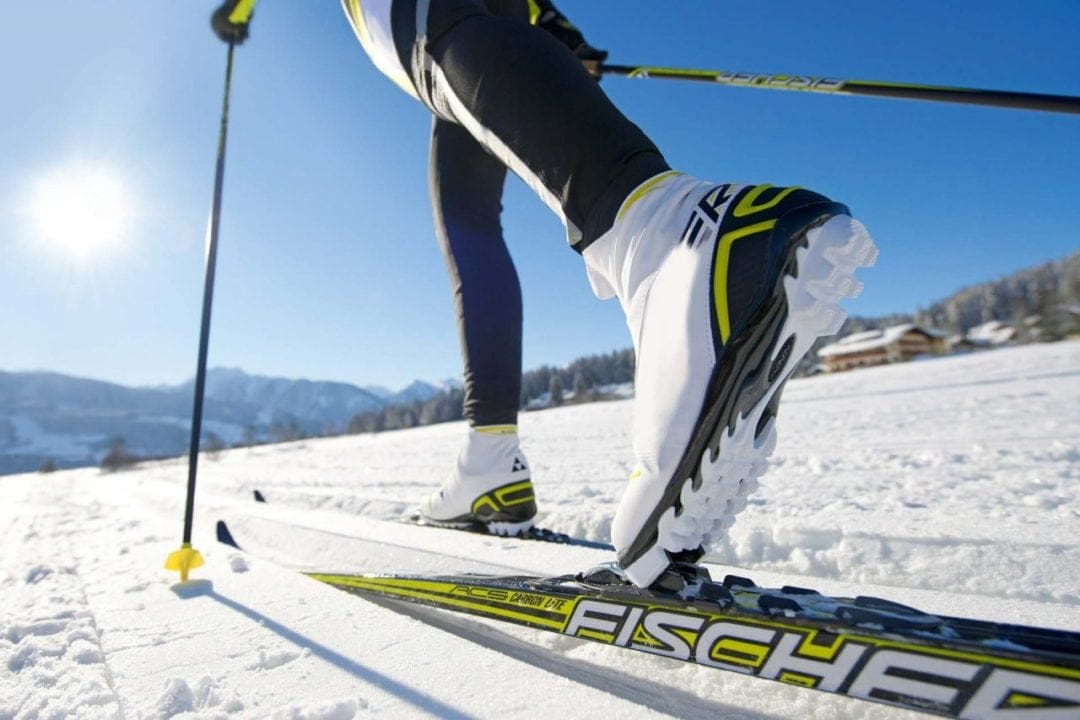
01 Find an awkward angle
Many photographers tend to shoot solely from eye level. It’s certainly easy to fall into this habit, but your shots can suffer for it. If you take all of your shots from the same angle they won’t stand apart from each other.
You’d be surprised how simply changing your position can result in a much more compelling composition.
Cameras with articulated screens allow you to squat down pretty low and still see the scene. You could try shooting low-level subjects in front of a blurred background, or maybe try an upward angle to add some drama to the shot.
Another idea that’s particularly useful when using a wide-angle lens is to shoot straight up while positioned right next to your subject. This technique works well with modern architecture.
You could also try playing around with silhouettes of flower heads if you’re looking for a more abstract feel. Maybe set your portraits apart by positioning yourself above your subject and shooting down on them while they look up.

02 Compose with colour in mind
The standard approach to image composition is to position the subjects according to how their sizes and shapes interact with one another. This is sound method, but it’s certainly not the only one.
Create a different look with your shots by composing them according to colour, instead. Consider how colours work together and compose your image appropriately to create a striking shot.
For instance, reds interact well with greens so maybe search for a single red flower in a green field. Oranges and blues are another good combination, so think about shooting orange subjects against a blue sky.
If you’re shooting flowers, remember that purples go well with both greens and yellows.
If you start thinking a bit differently when it comes to how to approach the composition of your images, you’ll likely find yourself wanting to explore alternate methods more often than not. The goal is to attain shots that differ from you’re used to.
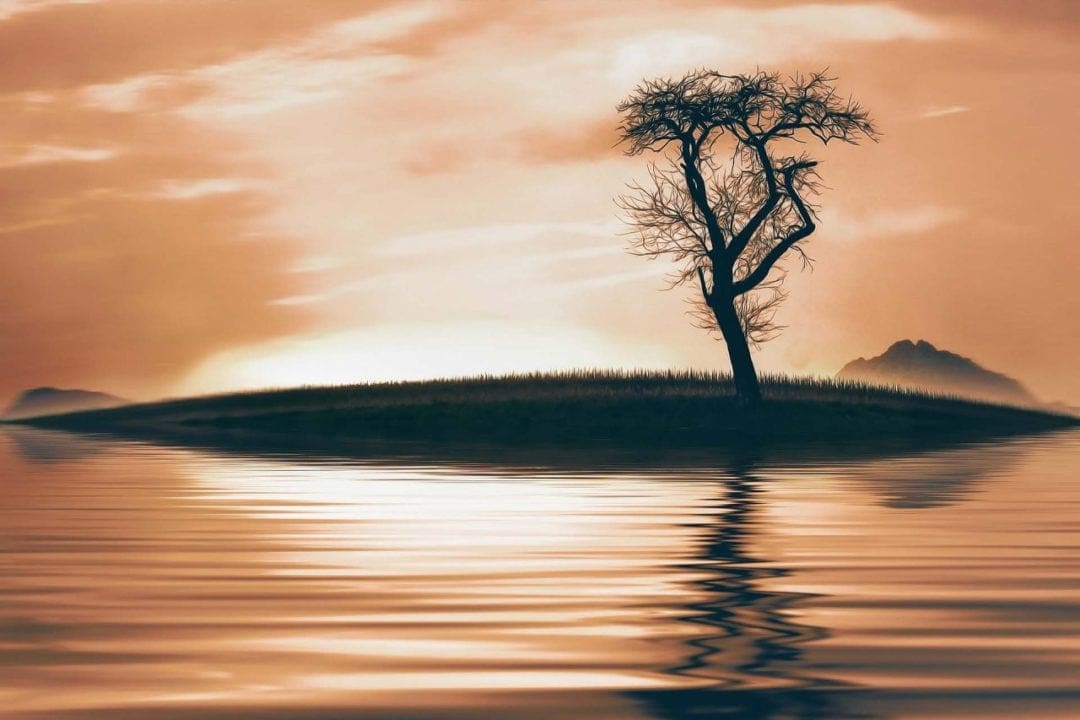
Photography Composition Tips: 03 Find a perfect reflection
Unremarkable subjects can be changed into something extraordinary with the use of a reflection. The best results come from reflections that offer a very clear view of what’s being reflected.
Still lakes and puddles or even simply a shiny window or surface can do the trick. Create a symmetrical composition with your subject and the reflection so that both are in the frame, or maybe try to catch the reflection of a subject that is out of frame, such as a skyline in someone’s sunglasses or a passer-by’s reflection in a puddle.
Reflections aren’t just for coloured images. They work remarkably well in black and white and sepia too, especially when shooting silhouettes. In this scenario, you’ll want to shoot in conditions that will supply you with high contrast to help define your silhouette.
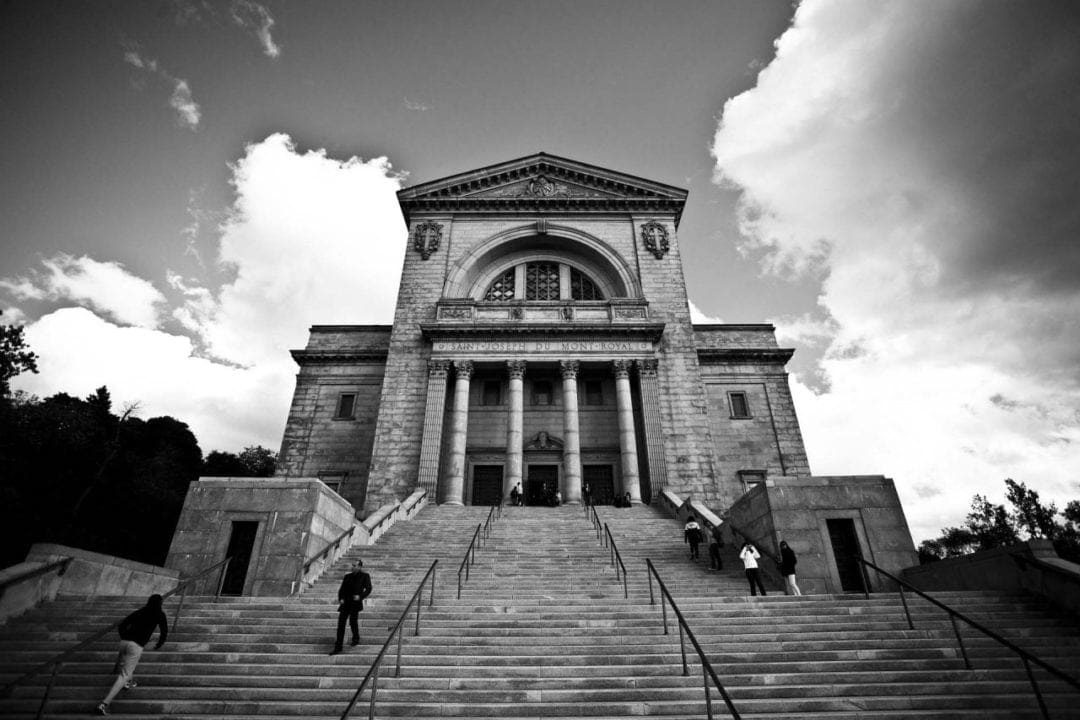
04 Don’t avoid converging verticals – embrace them
Architecture photographers in particular try to avoid converging verticals because it tends to make structures look like they’re falling over. There is a place for converging verticals, however, especially if you’re using a wide-angle lens.
Stand at the base of a tall building and compose your image so that the upper details vanish into the distance, resulting in a strong foreground with a vanishing point.
This technique can also be used with a macro lens and simple everyday subjects such as colored pencils, straws or other boldly-coloured items with clean lines.
Another way to make use of converging verticals is to compose your shot so that the lines lead to another subject.
Cameras with tiltable LCD screens allow you to crouch down very low to shoot things such as double-yellow lines as they approach a parked car or pedestrian, or maybe the boards on a pier as they lead to a distant subject.
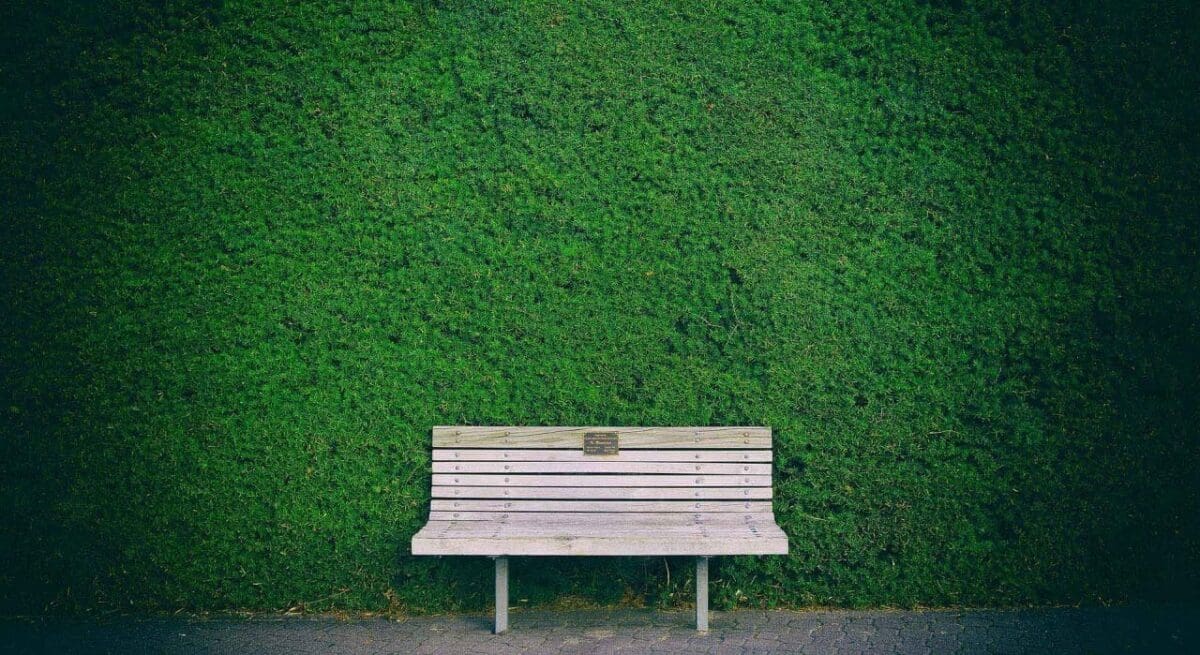
05 Forget the rule of thirds and go dead central
The rule of thirds tells us to divide the frame into thirds both horizontally and vertically and position subjects so that they align with the intersections. It’s a convenient way to ensure your subjects will be balanced in the frame.
While this rule is definitely handy for a lot of situations, it doesn’t work for every scene. For instance, sometimes your subject obviously works better when positioned in the middle of the frame.
This can be the case with anything from portraits to still-life photography, so try to rid yourself of the notion that subjects must always be place one or two-thirds of the way into the frame. Central composition can be just as effective.

Photography Composition Tips: 06 Choose a different aspect ratio
A lot of photographers don’t even think about changing their aspect ratio, they simply use the default option all the time. If you frequently print your photos, the default setting can be useful because it produces images in a standard size.
Most people, however, don’t print anymore so there thinking beyond 3:2 or 4:3 becomes an option.
Modern cameras will typically allow you to choose from the 3:2, 4:3, 1:1 and 16:9 to accommodate a wide variety of subjects.
If you’re shooting portraits or flowers, trying switching to 1:1, especially if you’re using photography composition tip #5.
Not surprisingly, landscape photography does well in the 16:9 aspect ratio, which is also a nice choice for group shots, automotive photography, bridges and much more.
Simply look at how your subject is shaped to decide what size aspect ratio would be naturally appropriate.
READ MORE
How to set up a DSLR or CSC once you take it out of the box
6 beginner photography techniques you can use forever

